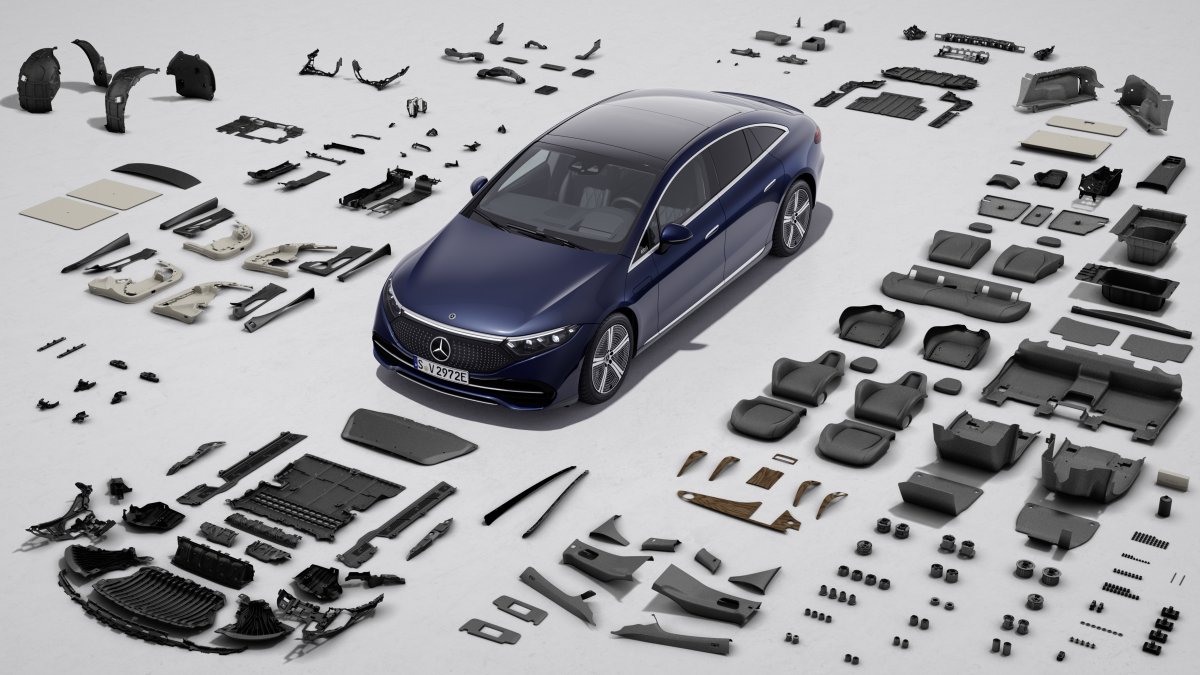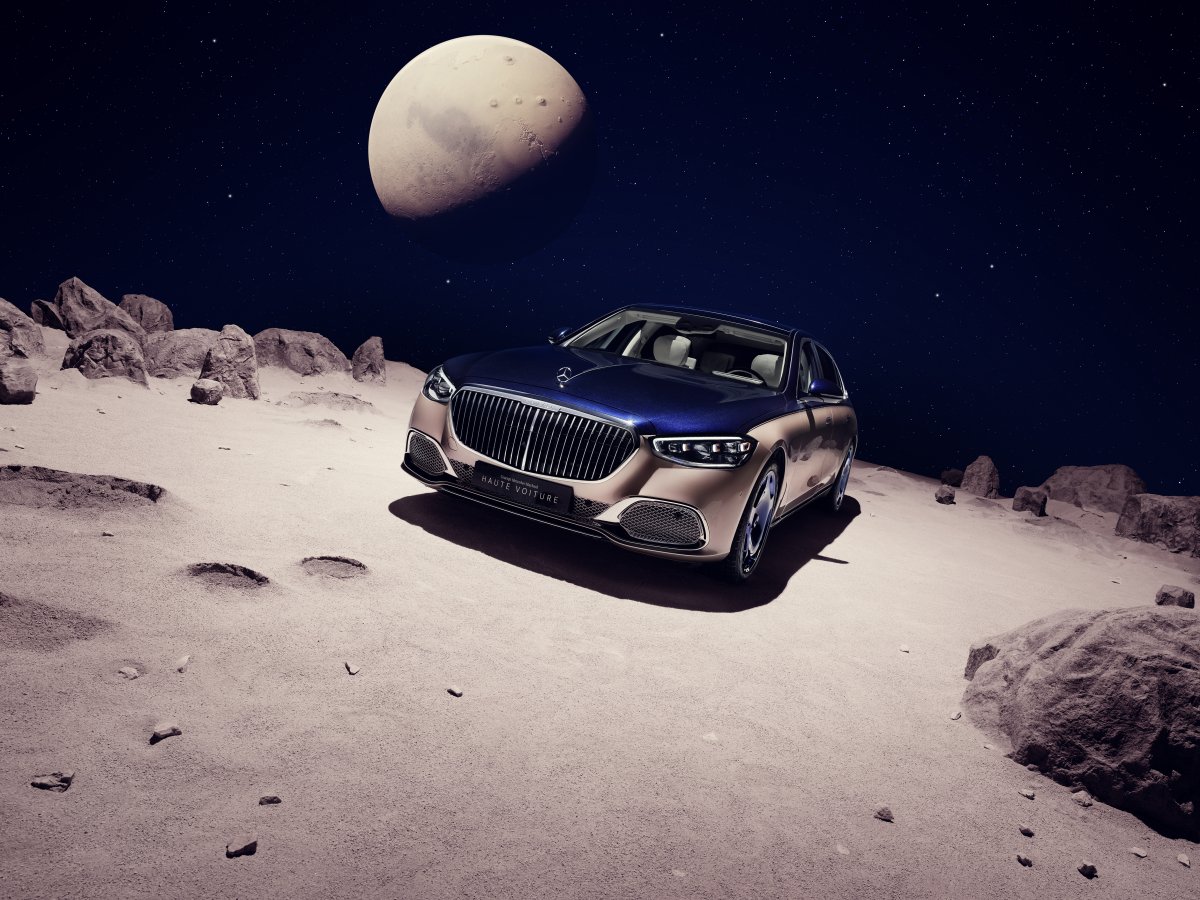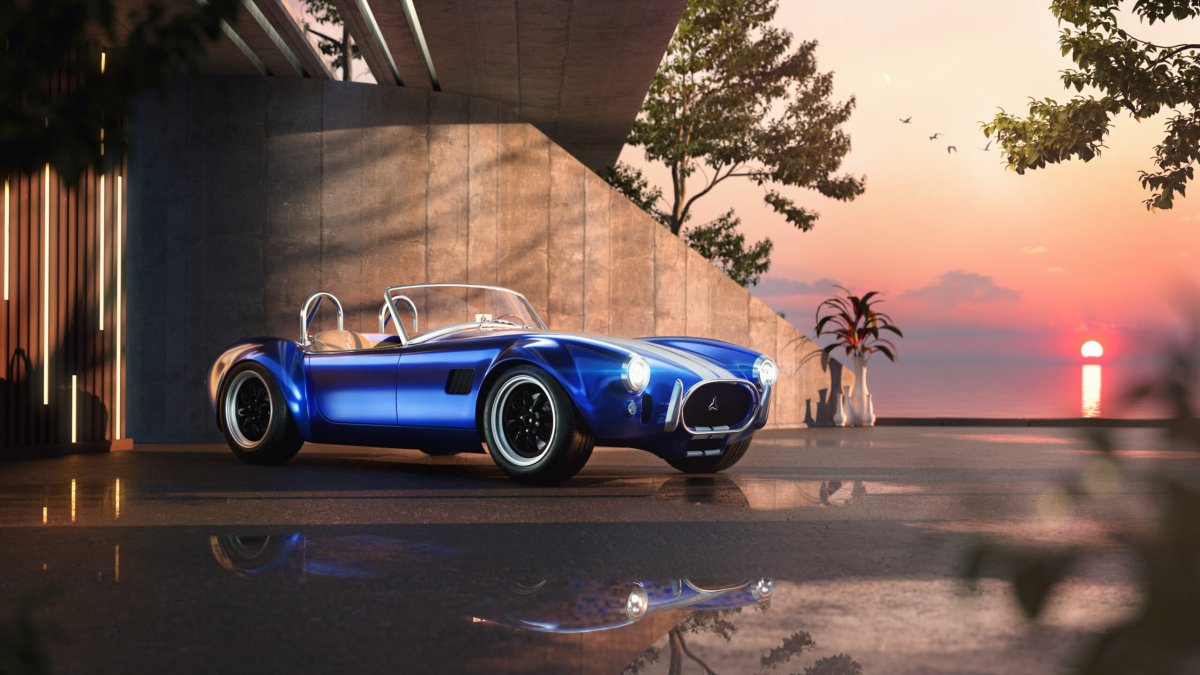[vc_row][vc_column][vc_column_text]Electric vehicles are all the buzz right now. So, why aren’t we seeing more on the roads?
Saving money at the gas pump is always tempting, but with rapidly rising fuel prices, electric vehicles (EVs) look smarter than ever. Apparently, a lot of Canadians are thinking the same thing, because as CBC recently reported, waitlists for some electrical vehicles have exceeded the available supply, with current wait times close to a year (or longer) in some regions.
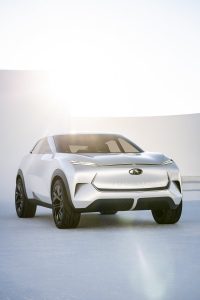

Supply chain issues are a large factor in the shortage, but so is increased demand. Global EV sales jumped more than 40 percent in 2020, and Bloomberg estimates a total of 20 million EVs on roads by mid-2022. Today’s electric vehicles are lightyears beyond the inaugural Toyota Prius, the world’s first mass produced hybrid vehicle, which debuted in 1997. Besides technological advances, such as body-integrated, streamlined and fast-charging battery packs, the newest electric vehicles are also eye-catching (check out the Lucid Air), and often faster than many conventional cars.
Across Canada, EVs represented more than five percent of new vehicle sales last year. In British Columbia, that number climbed above 10 percent. Of course, the West Coast is known for a progressive environmental stance, as exemplified by the existence of the Victoria EV Club, one of the only of its kind in Canada. To encourage EV purchases, the province recently implemented an enhanced incentive (until Feb. 2027) to waive the PST on used zero-emission vehicles (ZEVs) costing less than $75,000. That makes quite a few cars look more appealing—plus, the list of new EVs is growing almost daily.
The Flip Side
On the other side of the country—and politics—Ontario discontinued its EV incentives in 2018 under the (presumed) leadership of Doug Ford. Not surprisingly, EV sales dropped more than 50 percent the following year. In late 2018, Metrolinx also made the surprising decision to remove more than 20 EV chargers due to “low demand;” the fees weren’t covering the operating costs, although the expense for removal and future installation is likely much more. As The Narwhal notes in an article about Ontario’s confusing EV policies, the entire province had less registered EVs than Vancouver alone in 2020.
Lately, however, Doug Ford has joined the EV chorus, in large part thanks to Ontario’s close relationship with automakers (and—ahem—an upcoming election). The province is home to Canada’s largest auto manufacturing facilities, producing more than 1.4 million vehicles annually: Honda, Toyota, Ford, GM and Stellantis (Dodge, Chrysler). Across the river from Detroit, Windsor will be home to an upcoming $5-billion EV battery manufacturing facility, and the government has pledged hundreds of millions to support automakers in their switch to producing EVs, while encouraging thousands of jobs to stay on Canadian soil.
The Canadian government also recently mandated that all new light-duty cars and trucks must be emissions-free by 2035—hopefully not another case of too little, too late, in our efforts to meet climate targets (net-zero emissions by 2050). To encourage long-range trips, more than 50,000 charging stations are being built across the country, targeting highway routes and transit points, which will especially help those suffering from “range anxiety.” So far, one of the strongest arguments against EV ownership has not only been the often lengthy charging times, but also the scarcity of public stations that provide fast charging—which, by the way, is not something all EVs can utilize.
Despite clear mandates to support EVs, the federal purchase subsidy still only applies to vehicles costing less than $55,000, and it maxes out with a $5,000 credit towards purchase or lease. Prime Minister Justin Trudeau’s recent announcement to achieve 20 percent EV sales by 2026 is considered optimistic by current sales indicators, but buyers also have more choices than ever, so an uptick in EVs can be expected. Even so, Canada can’t feel too proud of itself. More than 10 countries are setting a tighter timeline for the EV transformation, and many offer better incentives for buyers. China and Europe have the most electric vehicles to date, almost eight million collectively (of just over 10 million globally) in 2020. The same year, in Norway, almost 75 percent of annual new car sales were EVs (mostly plug-in hybrid); the country’s incentives are credited with being among some of the best in the world.
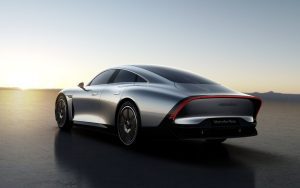

Batteries and Other EV Basics
Major automakers are vying for their niche in a quickly growing market, which is mandated to reach stringent sales goals internationally. In the race to achieve the necessary numbers, as Tesla continues to defy expectations (while racking up its fair share of recalls), some carmakers are already struggling to keep up due to computer chip shortages and other supply chain challenges. Plus, advanced technology still hits the pocketbook, with concerns around the cost of battery replacements down the road. We have a long way to go before EV batteries can deliver the range most people want, but we’re already seeing vehicles capable of traveling more than 800 km per charge (the Lucid Air). At the same time, with emerging technologies, there always seem to be some surprises, and US safety regulators recently opened an investigation into battery recalls due to risk of fire.
Despite the hurdles, Bloomberg estimates that global EV sales will reach 10.5 million units this year, after almost doubling to more than six million sold last year. Still, we’re a long way from an electric vehicle in every driveway. It isn’t that simple to make the switch. While it used to be easy to compare horsepower and gas mileage ratings when car shopping, talking about EVs is a sometimes mystifying jumble of kilowatt-hours (kWh) and charging rates, which ultimately translates into driving range and how often you’ll need to charge your vehicle, and for how long.
The range of battery storage capacity (measured in kWh), combined with the vehicle’s charging speed (the slowest being a household outlet, versus an uncommon peak of 400 kW, on par with Tesla’s fast chargers), impacts whether you can plug in for a few minutes—or, overnight—to get a decent charge. This is where people who hate math usually decide to buy a gas-powered car, but the learning curve isn’t as intimidating as you might expect. Once you understand a vehicle’s kWh capacity, you can estimate the length of time needed to plug in according to the rate of charge (measured in kW).
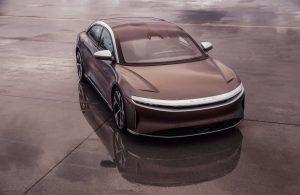

Then, in extreme temperatures, you’ll want to become an expert on optimizing the charge. For example, using less heat or air conditioning to increase vehicle range. Regardless, external temperature affects different batteries in varying degrees (literally) so even the charging speed can change, and actual driving range can be reduced, especially in cold weather. The upside of not knowing exactly how long you’ll need to charge your vehicle is knowing the cost savings when you no longer need to visit a gas station.
Switching to an electric vehicle is certainly no small decision. Financial and lifestyle implications must be considered before making the switch—first and foremost, a parking spot with a 240-volt charging port is a must-have, unless you’re prepared to wait overnight, or longer, for a full charge. Add to that the complication of driving in Canada’s diverse range of climates and temperatures, and you’ve got a lot to think about. But as technology continues to innovate and pressure mounts to make more eco-conscious decisions on both the consumer and manufacturer side, EVs will only continue to gain more influence in a sector that is increasingly becoming scrutinized for its impact on the environment. If a new vehicle is on the horizon for you, the options for the green consumer have never been better than they are now.
[yikes-mailchimp form=”1″ title=”1″ submit=”SUBSCRIBE”][/vc_column_text][/vc_column][/vc_row]


